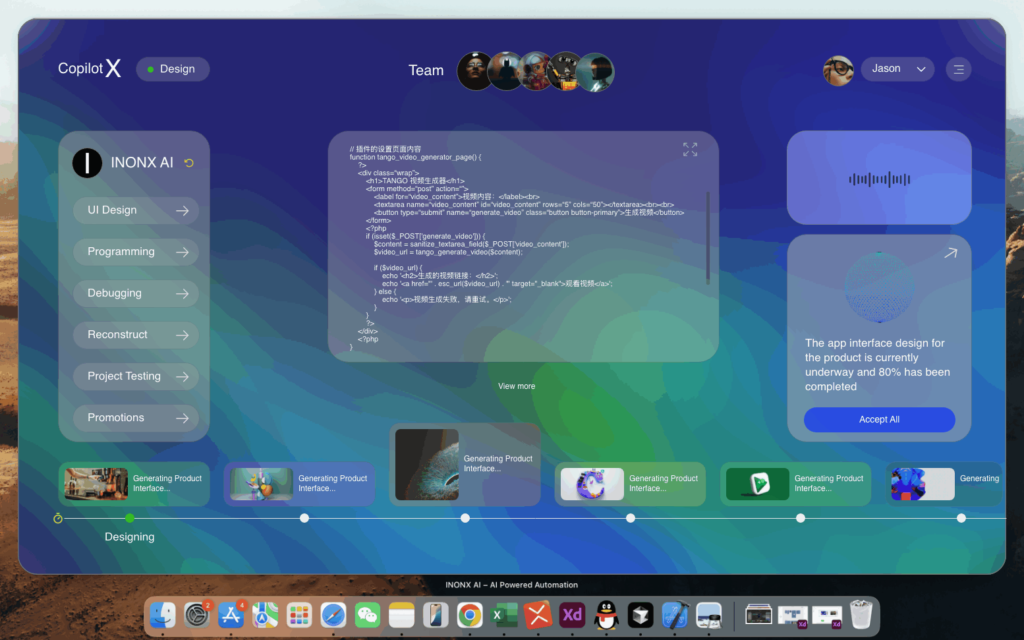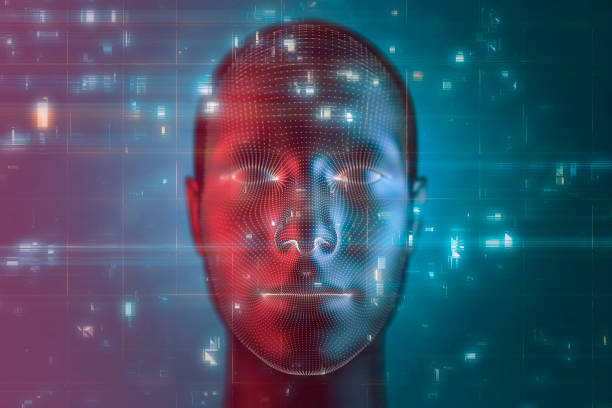In recent years, the rise of edge computing has dramatically transformed the landscape of technology, particularly in the realm of artificial intelligence (AI) and operational systems (OS). With the growing need for real-time data processing and decision-making at the edge of networks, the integration of edge computing OS with virtual AI operation systems (AIOS) and hyperautomation technologies presents exciting opportunities for businesses across various industries. This article delves into the latest trends, applications, and technical insights surrounding these developments.
The concept of edge computing refers to the decentralized processing of data near the source of data generation rather than relying on centralized data centers. This shift allows for reduced latency, improved bandwidth usage, and enhanced security. As the demand for faster and more efficient AI solutions increases, edge computing’s role in optimizing AIOS has never been more critical.
One key aspect of this evolution is the emergence of virtual AI operating systems (AIOS). These systems are designed to manage AI workloads effectively across distributed edge environments. By leveraging virtualization technologies, organizations can run multiple AI applications simultaneously while maximizing resource utilization. This capability is particularly beneficial in industries such as healthcare, manufacturing, and retail, where the ability to process data in real-time can lead to significant improvements in operational efficiency and decision-making.
Hyperautomation is a crucial enabler of this transformation. Defined as the combination of advanced technologies like AI, machine learning (ML), robotic process automation (RPA), and orchestration, hyperautomation is designed to automate complex business processes end-to-end. When integrated into AIOS, hyperautomation allows for seamless workflow automation and decision-making, thus freeing human resources to focus on more strategic tasks. This synergy between edge computing and hyperautomation in AIOS is reshaping how businesses operate and deliver value.
In this context, it is essential to explore the latest trends and solutions that are emerging in edge computing, virtual AIOS, and hyperautomation. One of the standout trends is the rise of edge AI platforms, which combine edge computing capabilities with AI technologies to enable intelligent data analysis closer to where the data is generated. Companies like NVIDIA and AWS have made significant strides in this area, providing robust solutions that empower businesses to deploy AI models directly at the edge.
Edge AI platforms offer unparalleled benefits, including reduced latency in decision-making processes, the ability to analyze large volumes of data quickly, and decreased reliance on cloud resources. For instance, in the retail sector, edge AI can enhance customer experiences by enabling real-time analytics of in-store behaviors and preferences, allowing for personalized marketing strategies and optimized inventory management. With the ability to make data-driven decisions almost instantaneously, organizations can remain competitive in an increasingly fast-paced market.
Furthermore, organizations are increasingly leveraging hyperautomation capabilities within their AIOS to drive efficiency. A prime example of this is in the manufacturing realm, where AIOS equipped with hyperautomation tools can streamline production lines by continuously monitoring machinery performance, predicting failures, and optimizing maintenance schedules. By implementing these automated systems, organizations can minimize downtime, reduce operational costs, and enhance product quality—crucial factors in maintaining a competitive edge.
Another industry application gaining traction is smart cities, where edge computing and AIOS work in tandem to create more efficient urban environments. Smart buildings rely on real-time data from various sensors to optimize energy consumption, enhance security, and improve the overall quality of life for residents. For example, AI-enabled IoT sensors can detect occupancy patterns and adjust lighting and temperature accordingly—an application that not only reduces energy costs but also contributes to sustainability efforts.
With these advancements, several technical insights are becoming increasingly apparent. One critical consideration for organizations adopting edge computing and AIOS is the need for robust security measures. As more devices connect to the edge, the potential attack surface widens. Therefore, organizations must prioritize cybersecurity solutions that protect data integrity and confidentiality while still enabling high-performance computing capabilities.
Moreover, interoperability between various edge devices and AIOS is vital for realizing the full potential of edge computing. As businesses deploy diverse technologies from different vendors, ensuring compatibility through open standards and frameworks becomes essential. Initiatives such as the Open Horizon project are working toward establishing frameworks that facilitate seamless integration across edge environments, ultimately leading to enhanced operational efficiency and flexibility.
In addition to technical considerations, organizations must also navigate the human factors associated with adopting edge computing and hyperautomation solutions. The successful implementation of new technologies often requires significant changes in organizational culture and employee roles. Businesses must invest in training and upskilling their workforce to embrace new tools and methodologies, ensuring that employees understand how to leverage edge AI and hyperautomation advantages fully.
As we look toward the future, it is evident that the convergence of edge computing, virtual AIOS, and hyperautomation will continue to shape the technology landscape. Companies across industries are beginning to recognize the value proposition that these advancements bring, and early adopters are already reaping the benefits. For example, healthcare providers leveraging edge AI for real-time patient monitoring and predictive analytics are improving patient outcomes and operational efficiencies. Similarly, manufacturing organizations that embrace hyperautomation capabilities are setting new benchmarks in production efficiency and quality.
Ultimately, the integration of these technologies represents a paradigm shift in how businesses operate. By embracing edge computing OS, organizations can enhance their capabilities and make data-driven decisions in real-time, keeping up with the rapid pace of change in today’s digital economy. As a result, the potential applications are limitless—from enhancing customer experiences to driving efficiencies in complex supply chains.
In conclusion, edge computing, virtual AIOS, and hyperautomation are interlinked elements that together are possessing the potential to transform the business landscape. Organizations that adopt these technologies will not only improve their operational efficiencies but also create a competitive advantage in the evolving digital marketplace. As we continue to witness these trends, it is crucial for businesses to stay informed and proactive in exploring how to leverage edge computing and AIOS to drive innovation and growth.
Sources:
– “Understanding Edge Computing: A Detailed Overview” – IBM
– “Edge AI: Enabling AI Solutions to Compute at the Edge” – NVIDIA
– “Hyperautomation: The Next Big Step in Business Process Automation” – Gartner
– “The Role of Edge Computing in Smart Cities” – Smart City World
– “Securing the Edge: Strategies for Protecting Edge Computing” – CSO Online.

























